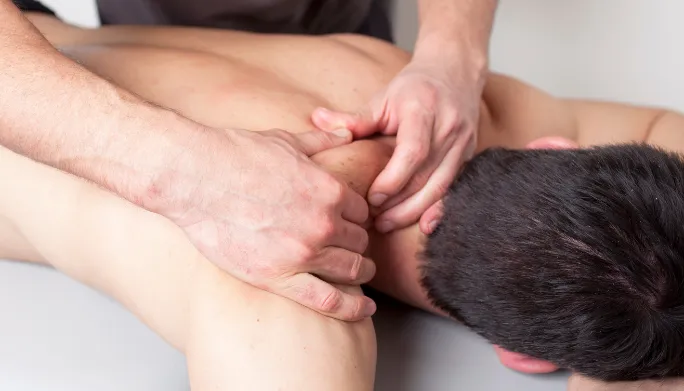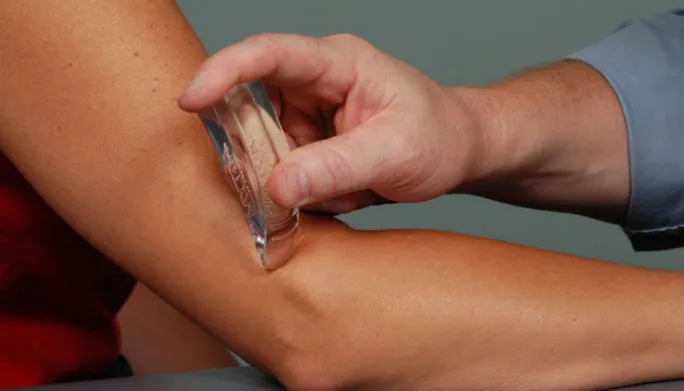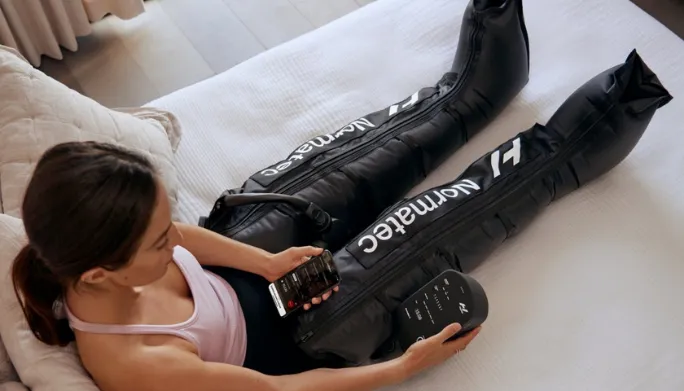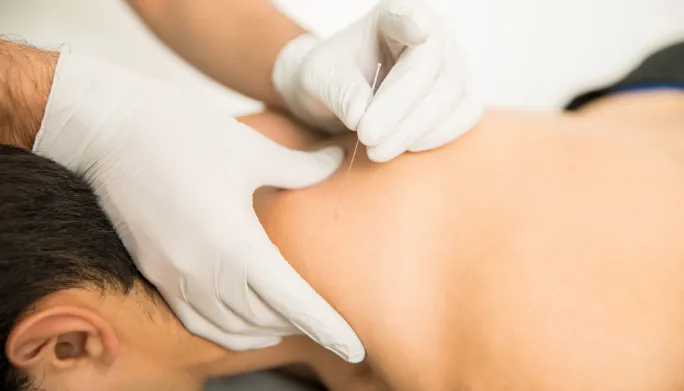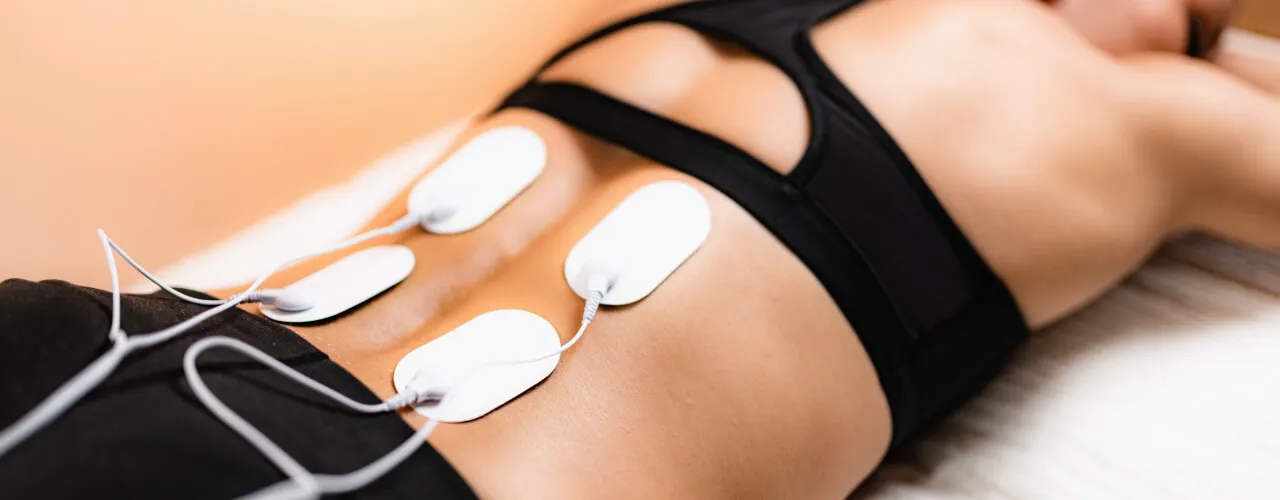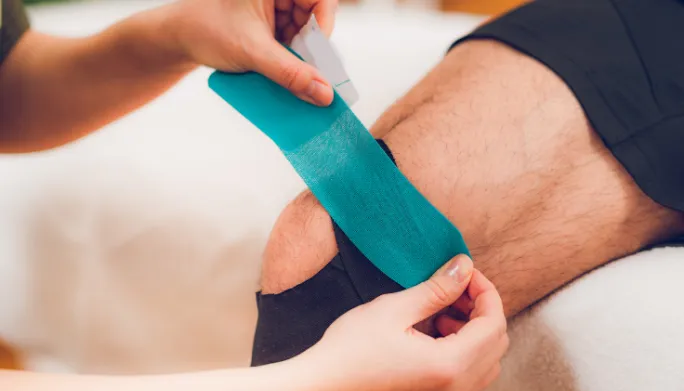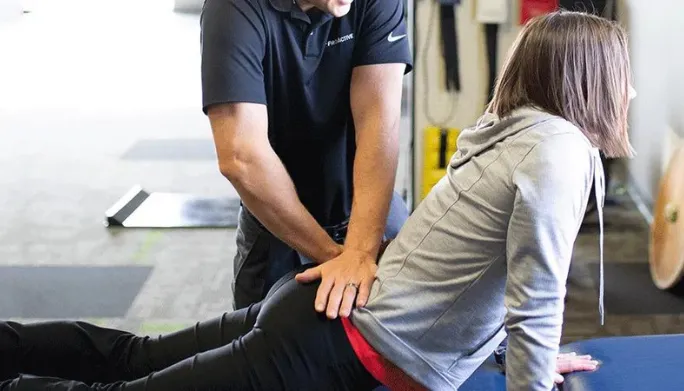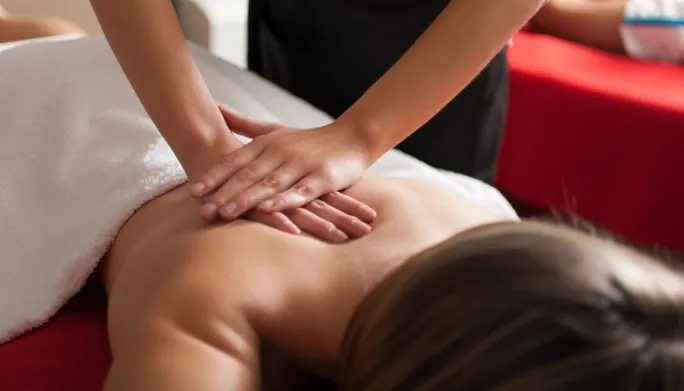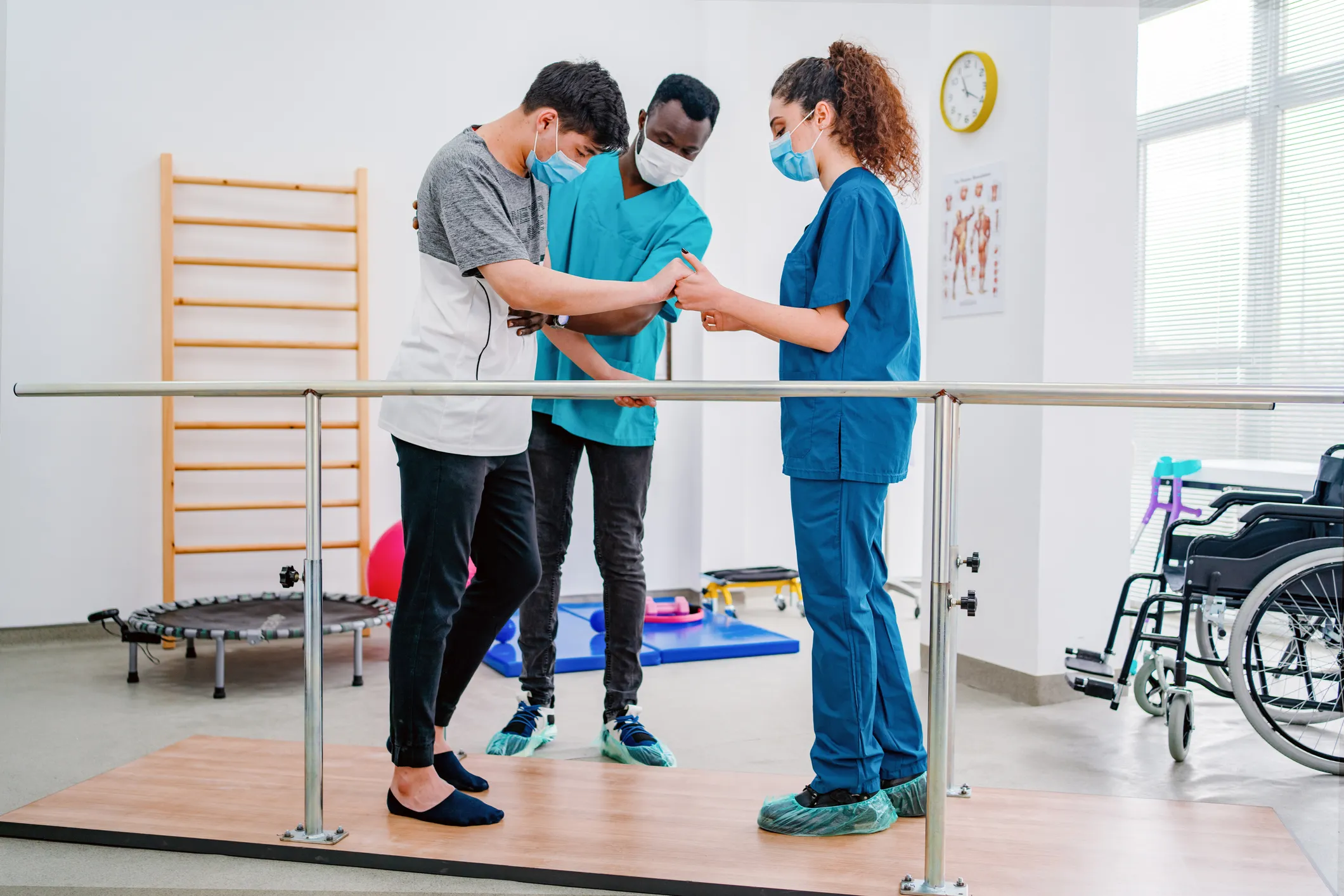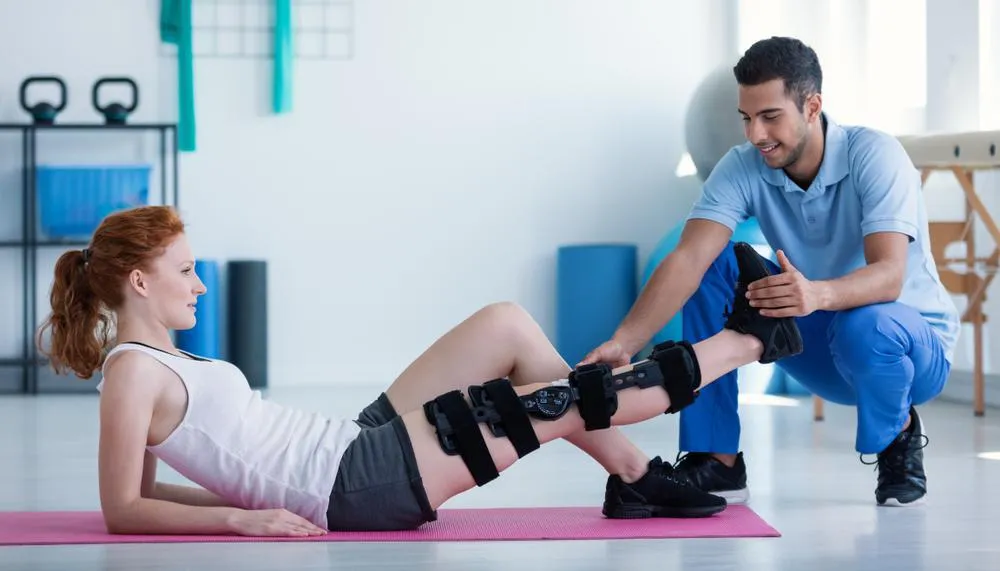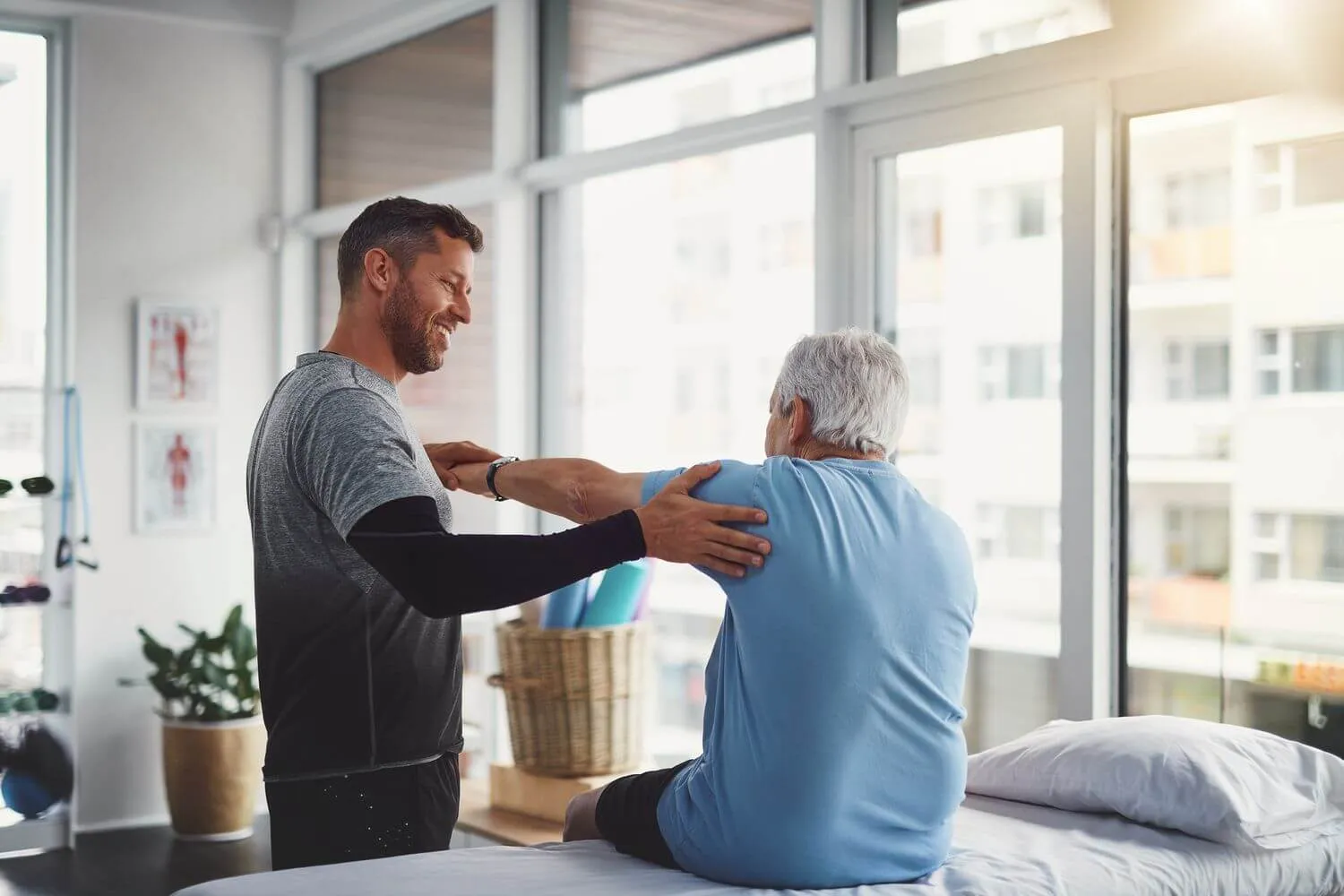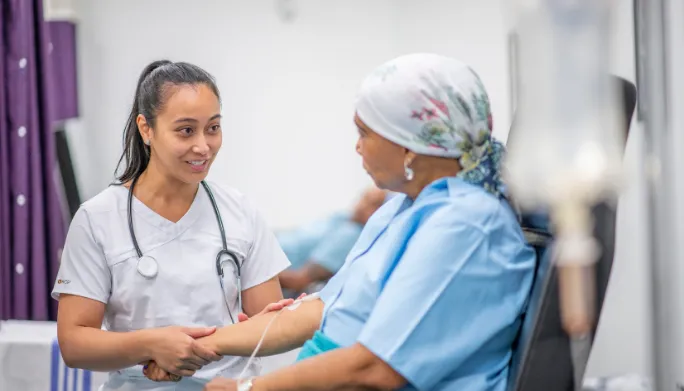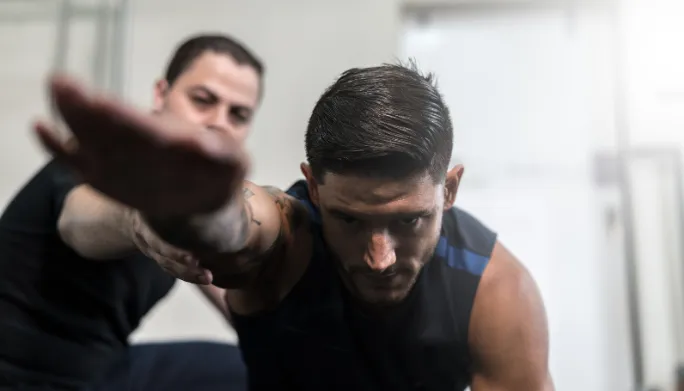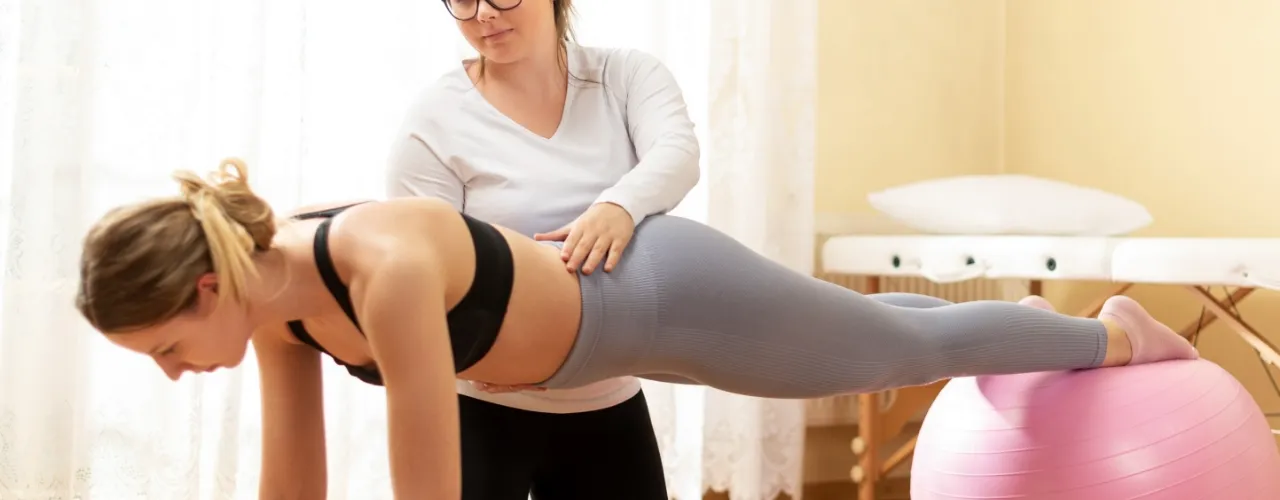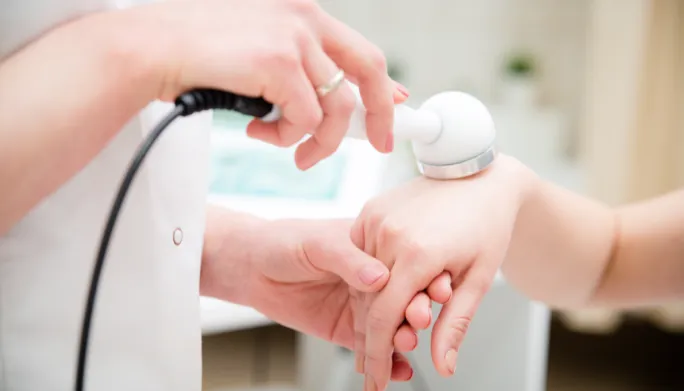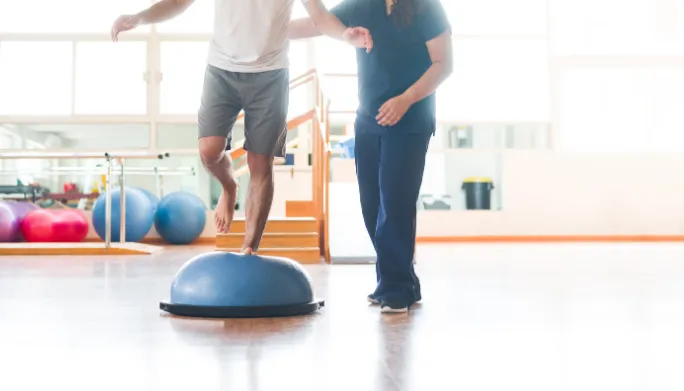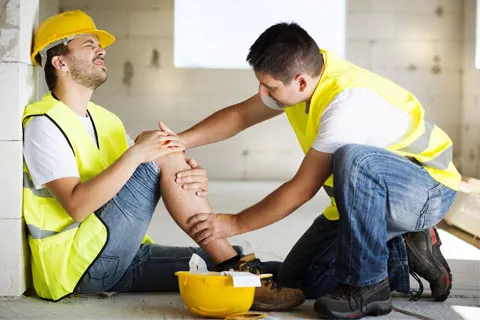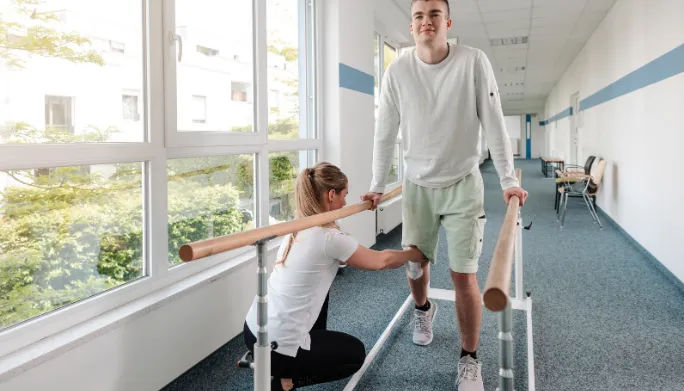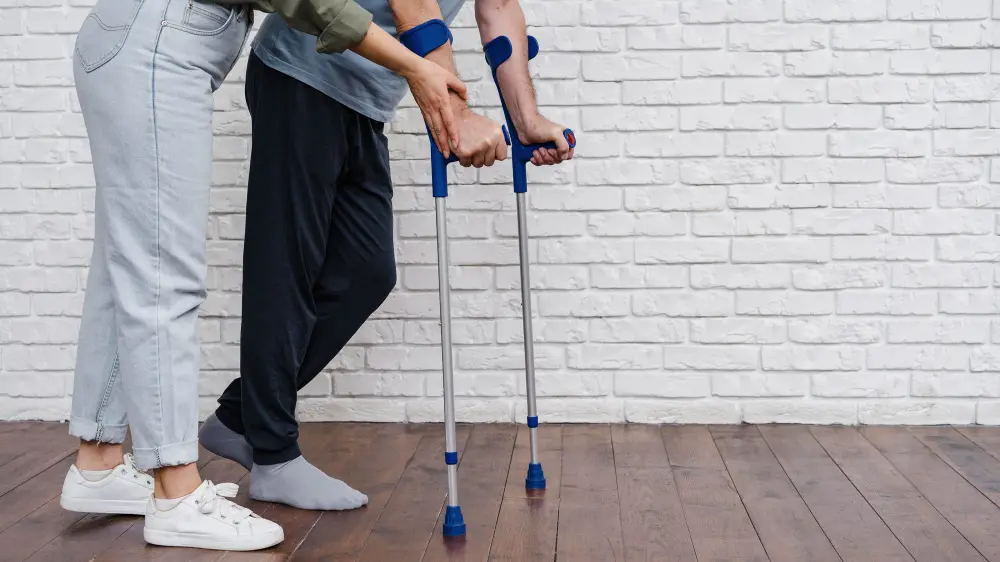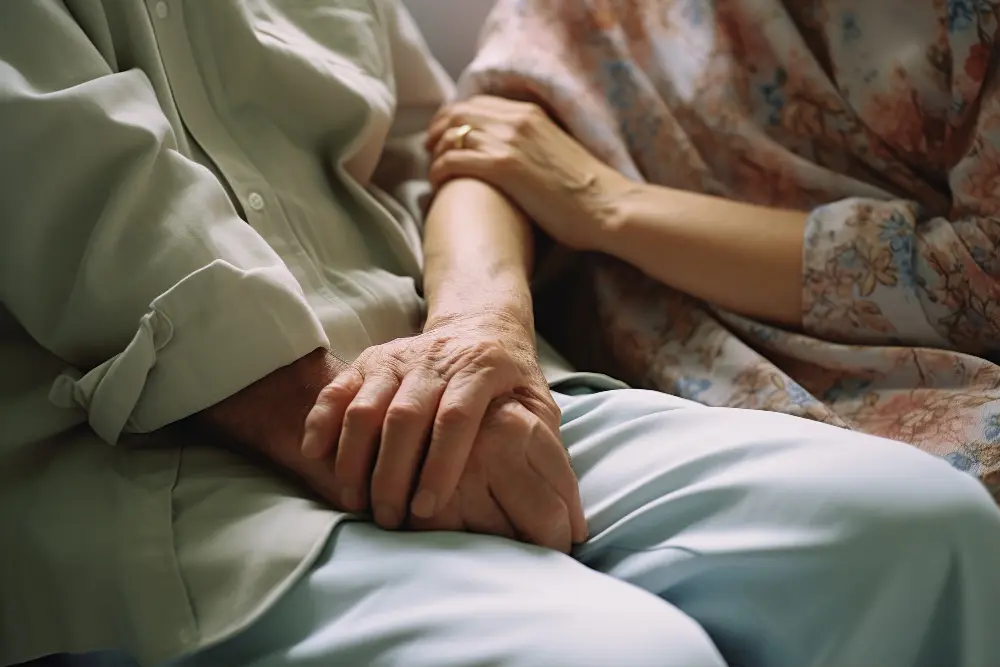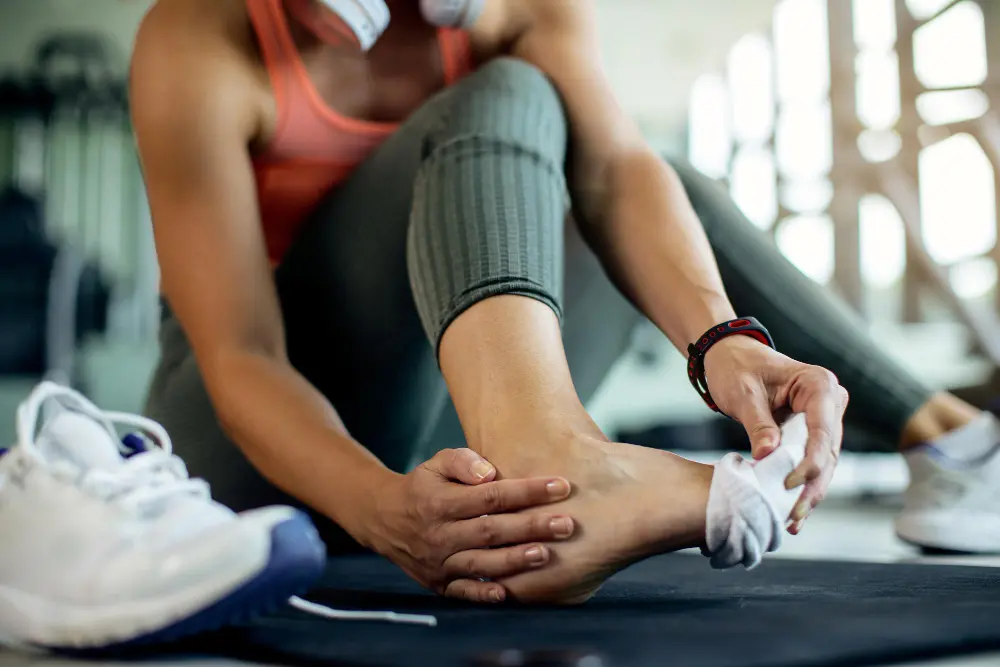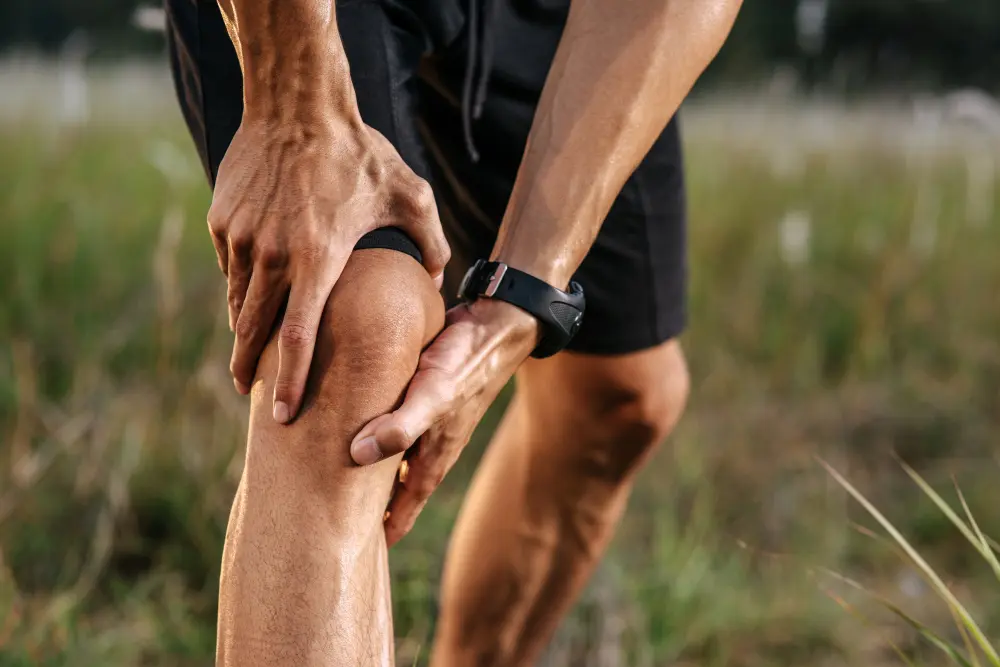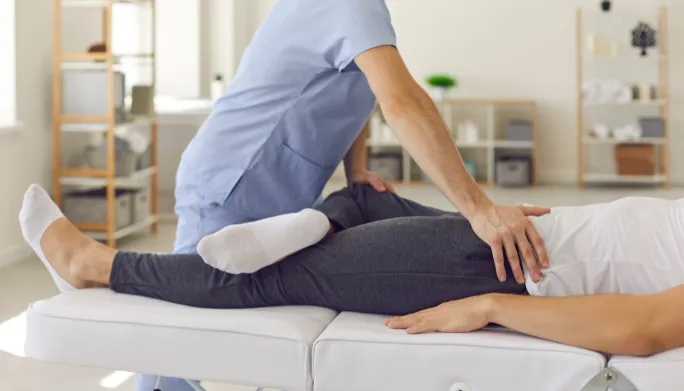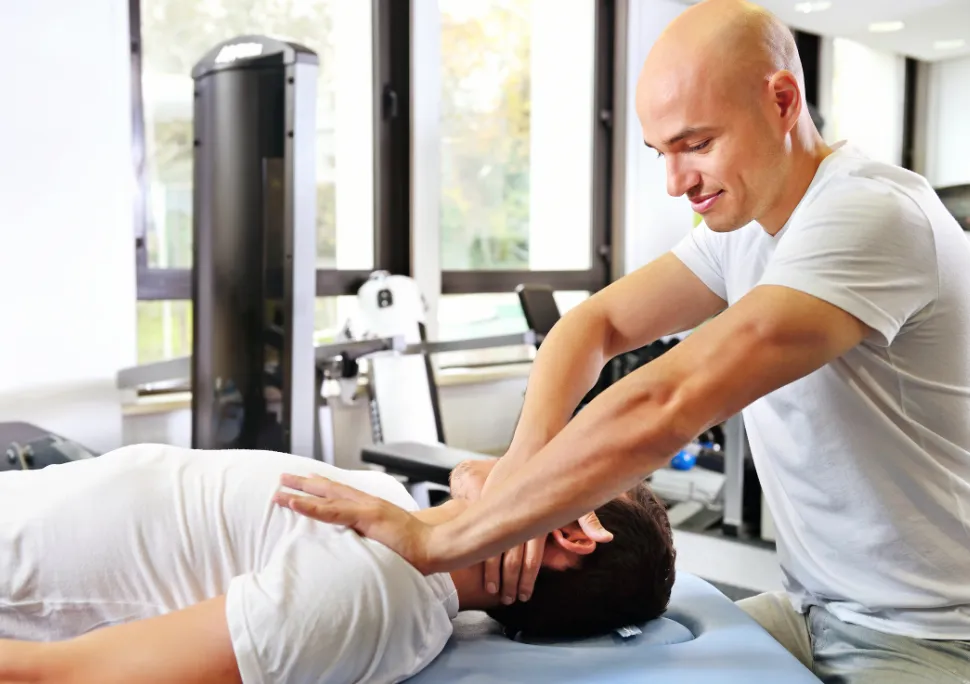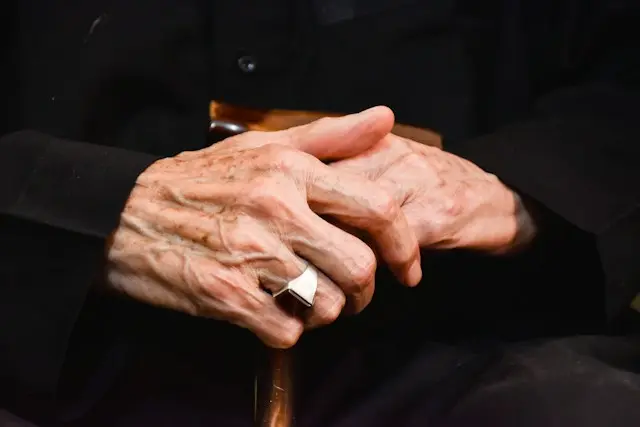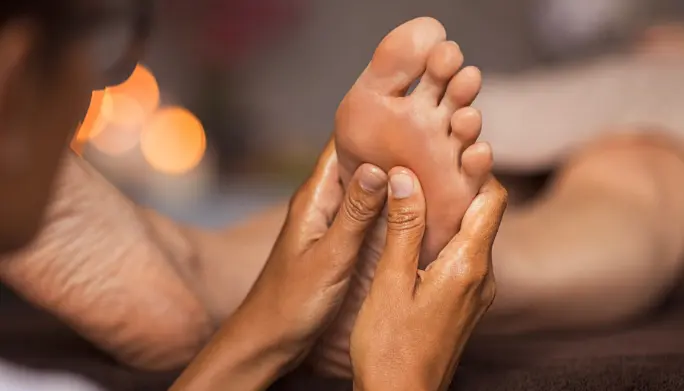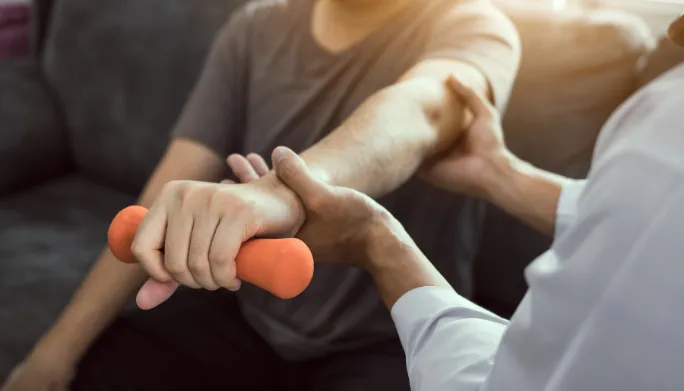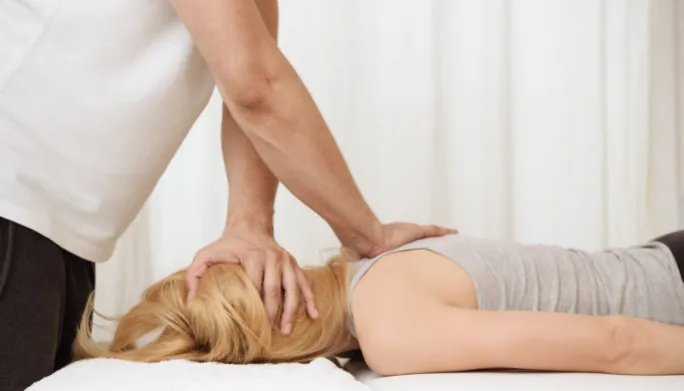Shoulder Pain in Seymour, IN
Combat Shoulder Pain in Seymour, IN
Whether gradually creeping up or suddenly sharp after reaching backwards, problematic shoulder symptoms demand attention before escalating to more widespread dysfunction or strains. However, determining optimal solutions amidst conflicting advice often proves confusing. The integrated care team at Progressive Physical Therapy brings clarity to shoulder pain relief by pinpointing root causes then delivering customized, progressive treatment combining gentle hands-on care with self-care education for sustained comfort and function.
What Causes Shoulder Pain Issues?
The shoulder joint allows immense movement possibilities through interconnected structures including:
- Glenohumeral joint – Flexion/extension/rotation
- Acromioclavicular joint – Upward rotation
- Sternocostal connection – Retraction/protraction
Repetitive daily strain from poor sustained posture or athletic overuse can disrupt optimal alignment and mobility between these articulations. Muscles, tendons and surrounding connective tissues relentlessly overwork to compensate leading to localized discomfort or referred pain.
Some frequent shoulder dysfunction symptoms include:
- Rotator cuff tendonitis
- Bursitis inflammation
- Impingement pinching
- Labral tears
- Dislocations
- Adhesive capsulitis
Targeted interventions like joint mobilization and soft tissue release apply controlled forces to specific structures showing movement restrictions or tissue sensitivity. These precise techniques help reposition segments, restore normal mobility/flexibility and optimize the environment for healing.
Comprehensive Evaluation of Shoulder Pain in Seymour, IN
Clarifying the predominant pain generators and mobility restrictions is crucial for effective treatment.
Our assessment may include:
- Active/Passive ROM – Measure loss in all planes
- Specialized strength tests – Assess rotator cuff stability
- Manual joint play palpation – Check joint and soft tissue involvement
- Neurologic testing – Identify nerve irritation
- Posture analysis – Evaluate positioning strains
- Imaging review – Detail tissues requiring treatment
These findings allow proper classification of the issues requiring targeted care for lasting relief.
Customized Treatment for Lasting Relief
We design customized shoulder treatment plans catered to your unique situation and objectives through:
- Comprehensive Assessment – Identify exact dysfunctional structures contributing to symptoms so the optimal interventions target and prioritize repairing of the damaged tissues.
- Multi-plane Strengthening – Body blade drills, tubing routines and scapular squeezes rebuild deficient stability and muscular control with minimal discomfort.
- Postural Retraining – We normalize positioning strain from desk work/device use and reinforce new patterns through biofeedback.
- Patient Education – Empower individuals towards independence and sustained results through customized home programs advancing progress made during appointments.
With the right interventions matched to your shoulder pain diagnosis, rapid improvements in comfort, coordination and range of motion occur. Our supportive team helps guide optimal progression each step of the way.
Shoulder Pain Frequently Asked Questions
How can I determine if shoulder discomfort requires prompt evaluation?
Warning signs justifying examination include trauma/falls onto the shoulder, noticeable bruising down the arm, intense localized pain at rest and night pain preventing sleep since these may involve fractured bones, dislocated joints or extensive tendon/labrum tears warranting early intervention.
What can ease this recurring shoulder ache?
Non-invasive relief from nagging impingement comes through targeted manual release techniques loosening irritated tendons/bursa, postural adjustments correcting muscle imbalances/poor mechanics and conservative rotator cuff conditioning routines enhancing support without overworking inflamed areas during early healing stages.
What explains arthritic-like shoulder soreness without a specific injury?
Gradual ‘wear and tear’ shoulder arthritis emerges due to the glenohumeral’s inherently unstable anatomy and repetitive microtrauma from daily tasks involving pushing, pulling and overhead reaching slowly thinning cartilaginous surfaces critical for frictionless joint movement ultimately resulting in painful bone-on-bone grinding.
Why might the top of my shoulder (trapezius ridge) feel painful?
The trapezius muscle extending along the spine/shoulder blade/neck bears the burden of prolonged upper extremity activity leading to tension myalgia and trigger points radiating discomfort upwards generating headaches, stiffness and restricted shoulder mobility until muscular release techniques improve circulation/drainage.
About The Author
Dr. Belinda Hays ignites movement in patients facing Physical Therapy, Orthopedics, and Work Injury Management needs. Their years of experience and dedication unlock physical potential for a better quality of life. At Progressive Physical Therapy in Seymour, IN, Dr. Belinda Hays wields a patient-centered approach with cutting-edge techniques to conquer many physical challenges.
Why Choose Progressive Physical Therapy for Shoulder Pain Care in Seymour, IN?
We take an integrated, whole-body approach to shoulder healing backed by advanced certifications and years of clinical experience. Beyond isolated joint repair, we reinforce total kinetic chain strength, establishing optimal mobility/stability and decreasing risks of recurrence so you keep actively pursuing passions pain-free.
We excel at finding ‘hidden’ damage missed in standard evaluations ensuring all dysfunction receives necessary care right from the start. Patient education further empowers you for self-management between appointments.
Ready to End Shoulder Pain Once and For All?
Let’s thoroughly assess your unique mobility restrictions, muscular compensation patterns and postural habits underlying shoulder dysfunction so the customized treatment plan we design leaves no issues needing addressing untreated. Consistency working with the same therapist weekly optimizes corrective neuromuscular changes but we understand life demands flexibility at times. Your care team always remains in direct communication.
Request an appointment to get started or call us with any questions. Our compassionate shoulder specialists eagerly help patients progress beyond lingering pain and immobility plateaus. We look forward to serving your shoulder care needs!
Next Steps: Schedule Your Evaluation in Seymour, IN
Ready to uncover the root causes of persistent shoulder discomfort so personalized targeted treatment can begin immediately? Call us to book a thorough assessment so nothing delaying your recovery remains overlooked. Let’s get you feeling better fast!


